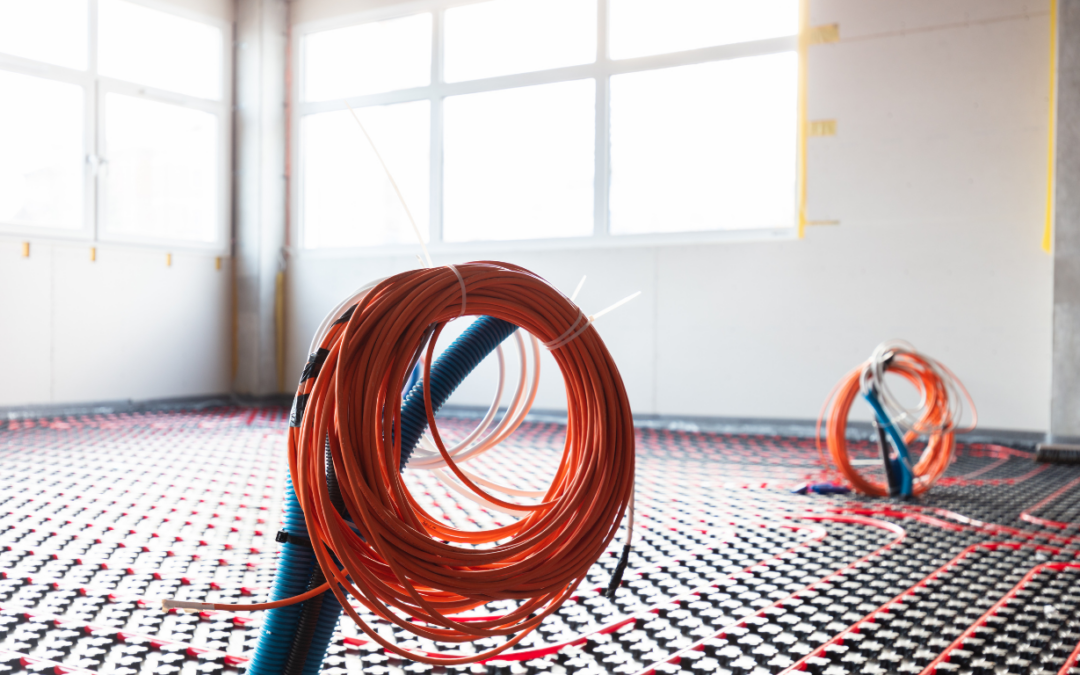When considering the financial practicality of underfloor heating, especially within London and its environs, it’s clear that while it offers an efficient and comfortable heating method, various factors influence its cost-effectiveness.
The upfront cost associated with installing underfloor heating might exceed that of traditional heating solutions like radiators. However, its benefits over time, particularly in terms of energy savings, make it an economically sound choice. Operating at lower temperatures than conventional systems, underfloor heating reduces energy usage, which can lead to decreased utility bills. This feature is particularly beneficial in areas like London, where energy costs are notably high.
One of the standout advantages of underfloor heating is its ability to evenly distribute warmth throughout a room, eliminating cold zones. This consistent heating not only enhances comfort but also contributes to its efficiency and cost-effectiveness.
In the competitive London real estate market, underfloor heating is often seen as a premium feature, adding significant appeal and value to properties. Its promise of comfort and energy savings makes it a desirable investment, potentially offering a return in terms of higher property values.
However, it’s important to consider individual circumstances when evaluating its cost-effectiveness. Factors such as the size of the heated area, the insulation quality of the building, and personal energy consumption patterns all play a role. Consulting with heating specialists can help identify the most cost-effective strategy for incorporating underfloor heating into your home.
In summary, while underfloor heating presents an initial investment higher than traditional systems, its benefits in energy efficiency, even heat distribution, and the potential to enhance property value make it a cost-effective option in the long run. Careful consideration of specific needs and expert advice are key to determining its overall economic viability.

